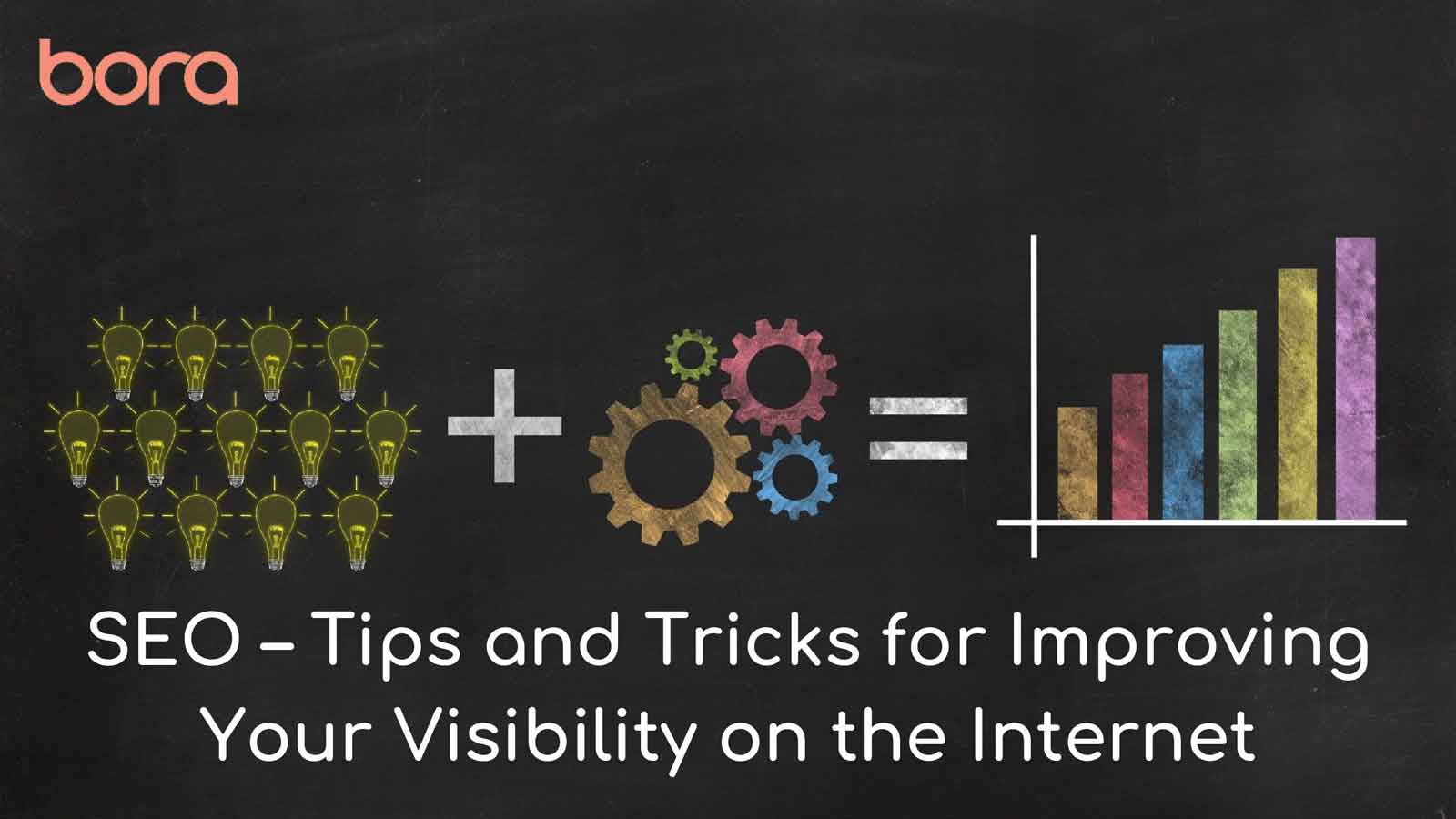No matter where you found yourself working in a business environment, the events of this year probably had a noticeable impact on your work. One of the most immediate changes was increased digital traffic on websites, which in turn lead to an increased number of generated online sales. As stated by Deloitte.com, online sales have increased by 18% in the first quarter of 2020 in comparison with Q1 2019. And that’s where SEO comes in.
If you are interested in finding out what makes sites visible on the internet, you need to look no further for a great place to start – optimize your site for better compatibility with search engines. This will ensure you have much better chances of placing among the first results, provided you have good quality content. Let´s have a look at a few practices that will help you ensure people will find your sites.
What is SEO and how does it help?
Search Engine Optimization (SEO) is a process of making your site more likely to appear on the first Search Engine Result Page, otherwise known as SERP. By optimizing your site, you help the search engines better understand whatever information you are trying to convey. The correct use of keywords is the cornerstone of SEO. Keywords will be relevant for us as soon as we understand how the search engines work.
Search engines and you: What you need to know
The way search engines such as Bing! or Google operate is by first looking for words relevant to your query. This process is called crawling. If your content strays far from the product or topic, it is more difficult for them to associate your site with what people search for. Therefore, you must stay on point, and keep using your keyword throughout the given website.
After crawling the internet, the search engine will index the websites it visited to understand their content and categorize them. If your page is difficult to navigate through and contains a large volume of outdated or irrelevant content, you are likely to end up at the bottom of the search list.
The last, yet most important part of a search is ranking. The higher your ranking is, the earlier your website is shown on the internet. Depending on how well your site is known, how much content it generates, how credible it is, and how well it performed in the first two parts of the search,(crawling and indexing), you will be assigned a position on the results page.
Choose your Keywords
Depending on how popular and successful your website is, you either want to stick with the best-known terms associated with your product or also look outside the box for terms that would help you fill a specific niche that is less competitive.
For example, if you just set up your little bakery shop a month ago and your websites are brand new on the internet, instead of competing with established businesses in your area just for searches including “bakery”, try using “artisanal bakery,” or “fresh bread” as well. You can also look up what exact keywords your competition is using and then use duplicates of these, but that way you are highly dependent on factors that may take some time to change, such as how often your site is used and which other sites mention you. If you are not sure how well your sites comply with these parameters, I will include links to a few free Search Engine Optimization tools further down.
Thin or ‘spammy’ content
If you feel like your site is using the right keywords, but you have not noticed a gradual improvement in traffic volume from before optimizing them, it may be the case that SEs (search engines) find your pages either lacking in content or overfilled. Creating websites that don´t convey the intended information not only drives away potential clients, SE will penalize your websites for making its work harder, pushing you further down the results page.
This is a good time to look at the websites of some of your more formidable competitors to see what content they are showcasing and how it generally looks. If you pick someone on top of the result page of a given topic, you can safely assume the site is decently optimized, and it will likely have consistent traffic.
What next?
If you feel like this article helped you understand better what the key factors are that influence where you end up on search results pages and are interested in discovering other key players, stay tuned for future publications on the relevant topics. Ideally, by the time you are finished with all of these articles, you will have mastered the art of Search Engine Optimization.
Tip: include useful tools for your visitors (such as a BMI calculator for fitness sites or synonym generator on a site about blog-writing) so people have a reason to visit your website even if they don`t specifically search for your content or product.
As a thank you to all you patient readers, I am including a few links on free SEO tools that I find very intuitive and useful.
AlsoAsked.com
This neat tool helps you find phrases associated with your query. Simply write down the term you are looking for, select a language and country, and get quick and useful results.
Moz.com
With Moz, you have a plethora of functions ready at your fingertips! You can also choose to go for a paid membership to further increase the amount of data available to you, all on one site.
KeywordTool.io
Using KeywordTool is probably the best alternative to Google’s Keyword Planner. It does not require you to have a paid account, and you can easily filter keywords depending on the medium you are using to publish your content.
Left wanting more? Check out our other blogs!




